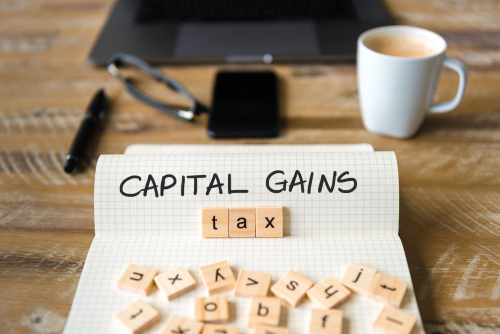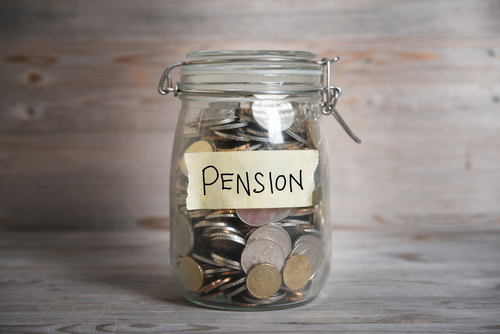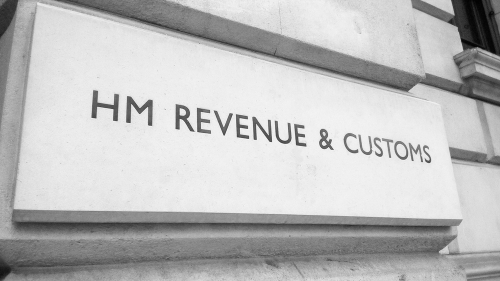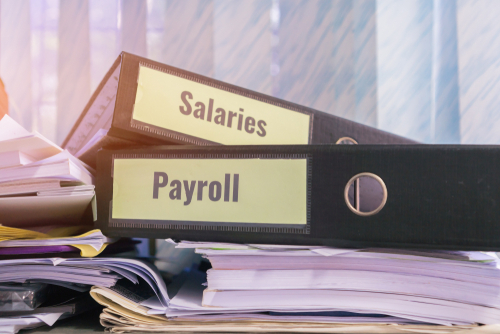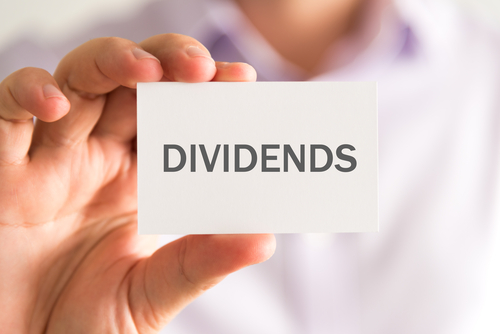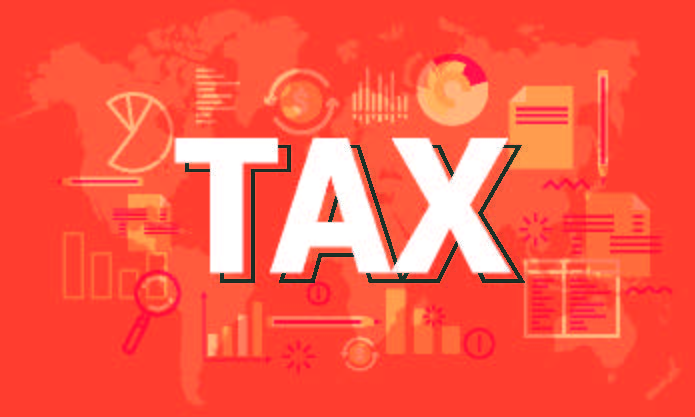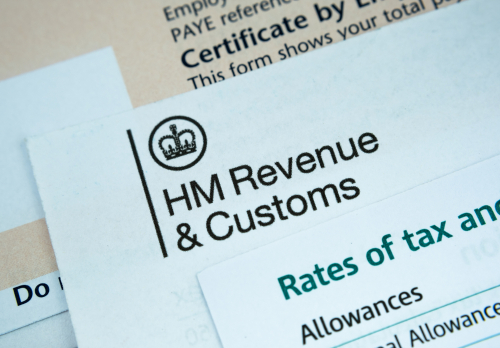
The super-deduction, which allowed companies to claim an immediate deduction of 130% of their qualifying expenditure, came to an end on 31 March 2023. It was replaced with full expensing. As with the super-deduction, unincorporated businesses cannot benefit from full expensing (although the Annual Investment Allowance (AIA) will secure a 100% deduction for qualifying expenditure up to the annual AIA limit of £1 million).
Nature of full expensing
Full expensing allows companies to claim, in the form of a capital allowance, immediate relief for the full amount of qualifying capital expenditure. Although at a rate of 100% of qualifying expenditure, the rate of relief is the same as under the AIA, unlike the AIA, there is no cap on the amount of the expenditure which can benefit.
As with its predecessor, the availability of full expensing is time-limited – it only applies to qualifying expenditure which is incurred in the three-year period from 1 April 2023 to 31 March 2026. Expenditure is eligible for full expensing if it would otherwise qualify for main rate writing down allowances and is not excluded expenditure. The main category of excluded expenditure is that on cars (although a 100% first-year allowance is available for expenditure on new zero emission cars).
Full expensing will benefit companies making significant capital investment in excess of the £1 million limit applying under the AIA. It can be used instead of the AIA to leave the AIA limit free for use against qualifying expenditure that would otherwise qualify for special rate writing down allowances.
As with other capital allowances, full expensing is optional and must be claimed.
Balancing charges will apply if the asset is sold, the disposal proceeds being brought into account. Consequently, if the intention is only to keep the asset for a short time and to dispose of it before it has lost much of its value, it may be preferable to claim writing down allowances instead to avoid a clawback of the relief in the not-too-distant future.
50% first-year allowance
A 50% first-year allowance was introduced alongside the super-deduction. It allowed companies to claim an immediate 50% deduction for expenditure that would otherwise qualify for special rate writing-down allowances (such as that on thermal insulation). The 50% first-year allowance has been extended and is now available without limit for qualifying expenditure incurred in the three-year period from 1 April 2023 to 31 March 2026. As with full expensing, the 50% first-year allowance is not available to unincorporated businesses.
The 50% first-year allowance will be useful where the AIA limit of £1 million has already been used up. If some or all of the AIA limit remains available, this should be used first as it will provide a higher rate of relief.
Claims for the 50% first-year allowance are optional. Where the allowance is claimed, the balance of the expenditure is allocated to the special rate pool and relieved by writing down allowances (at the rate of 6% on a reducing balance basis) in subsequent years.
Annual Investment Allowance
The AIA limit of £1 million has now been made permanent.
